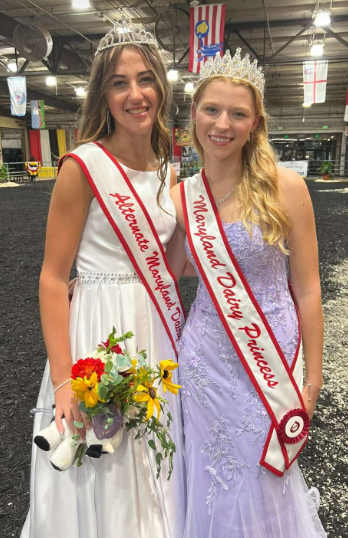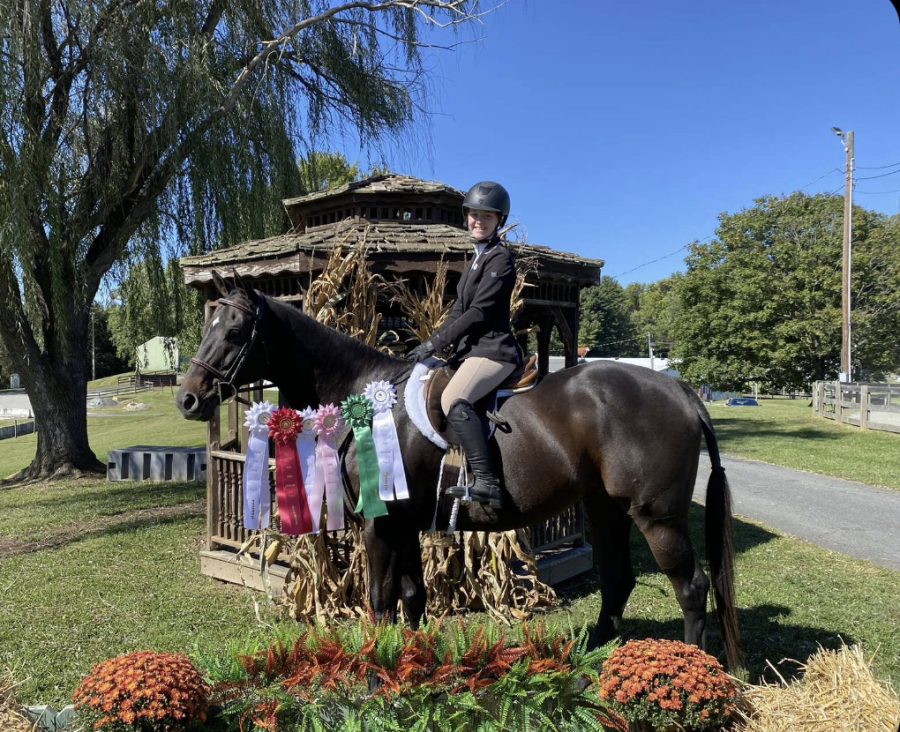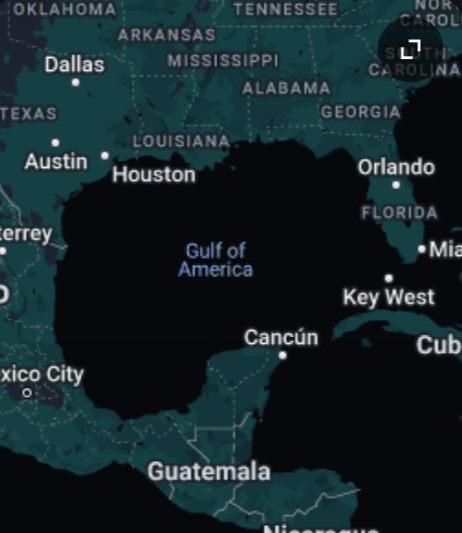Cow stomach opens up new experiments for Ag students
Since cows have multiple stomachs, four to be exact, having an open window through one stomach is not a huge deal.
In the agriculture department at North Harford, this is the case of Gracie, one of the ag departments cows. There is an open window going into a stomach of the cow, and it is purely for experimental purposes. This hole or window allows for students to study the digestive system of the cow.
However, the students have yet to be able to actually reach into the cow; she is used to determine if different feed types are better or not.
“I want to do a lab to see if the different feed we have been giving her is going to make a difference or not,” said Elizabeth Poffenberger.
Besides the different feed types, there has been an attempt using AI (artificial insemination) to impregnate Gracie. So far, Poffenberger is not sure if the fertilization has worked.
“It is interesting for students to work with calves and we get to learn step by step how to nurture a young animal,” said Poffenberger.
The fluid in Gracie’s stomach helps other animals believe it or not. This fluid, known as rumen fluid is used for medical purposes that can help save other animals lives. The fluid helps with digestion and is much better than the use of supplements. So far, the fluid has been put into two goats, although one lived, one also died.
Although the students have not worked with the stomach that much, a vet comes regularly and takes out the rumen fluid.
“It’s very helpful. It helps local vets save other cows lives,” said Jessica Ruszkiewicz.
Overall, the window opening to the stomach, also known as a fistula, is completely safe for the cow and it helps students and vets to be able to understand and help other animals while performing experiments.
“It is a really great opportunity for students in the ag program. They have the ability to experience things they usually wouldn’t until college,” said Jordan Borkoski.
















